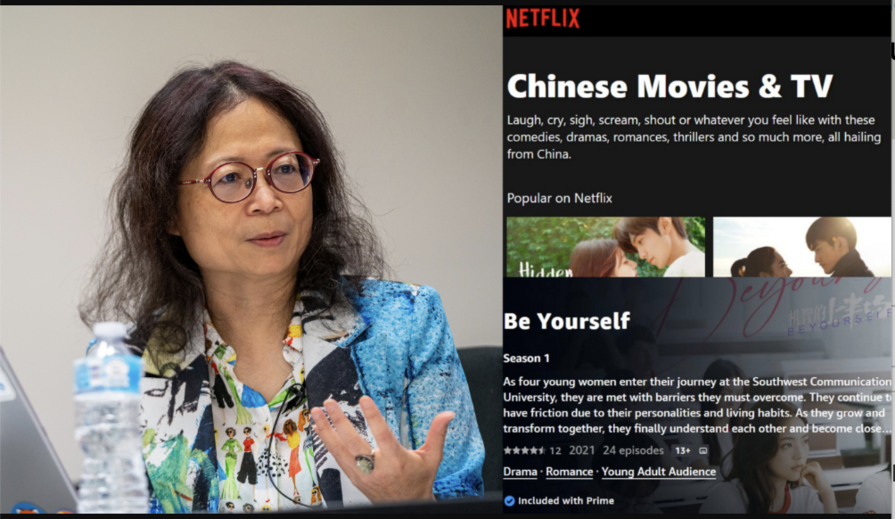Dan Ping Mu, D.P.A.
Abstract (Summary)
The purpose of this dissertation is to identify the key factors which interfere with cross-cultural interchange when people from different cultures try to relate to each other in business and governmental relationships, using the case of China and the United States as an example.
The dissertation explores the problems of cross-cultural interchange and the idea of interpreting behavior for mutual understanding. A certain common phenomenon is readily observable: many of the failed experiences between parties are primarily caused by internal human (or personal) factors, such as expectations, perceptions, values and self-awareness. These factors are all affected by "the way we view things"; these are based upon underlying lenses of mythologies held by people from different cultures.
Based upon the theory of lens built on the concepts of shared values and attributed values, these underlying and culturally conditioned lenses are the basis of interpretation of behaviors. The theory is used to demonstrate how individuals interpret behaviors and attribute shared or distorted meanings or values to them through their own lenses of mythologies, then act upon them by communication. It explains how people from different cultures interpret identical behaviors differently.
Since we act upon our attributed values through communication; and since these values are the result of observation and interpretation through our own lenses and attribution of values, then interpretation of cross-cultural behavior means that observation, interpretation, and communication are inextricably bound together.
This dissertation illustrates that these lenses may greatly influence one's understanding of persons from other cultures and lead to effective or ineffective interaction. Thus, we need to understand what goes into the making of a culture, and to know the meaning of culture and the ways to analyze its diverse manifestations. This allows us to learn to make effective pathways between different cultures. (Copies available exclusively from Micrographics Department, Doheny Library, USC, Los Angeles, CA 90089-0182.)
Advisor: Burke, Catherine G.



